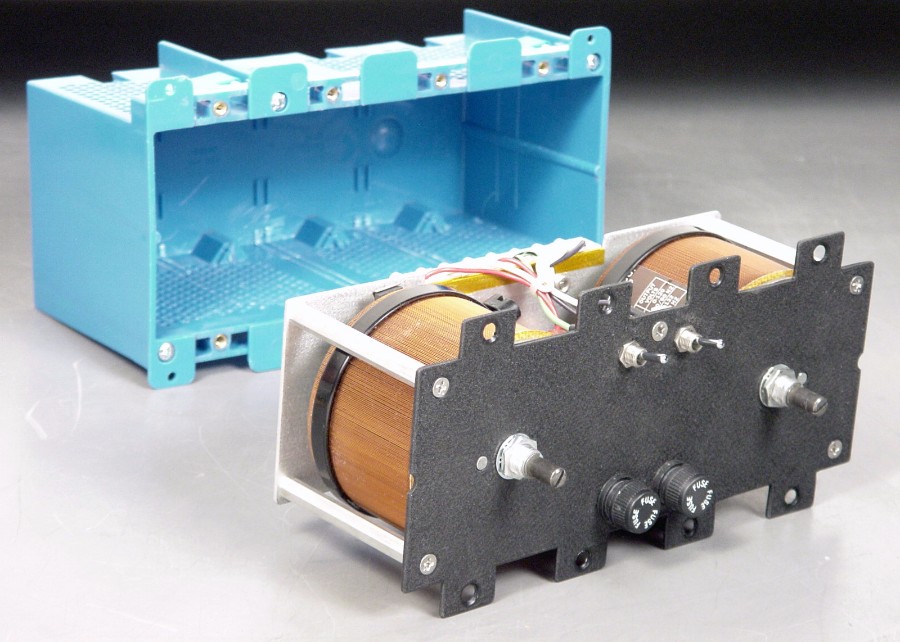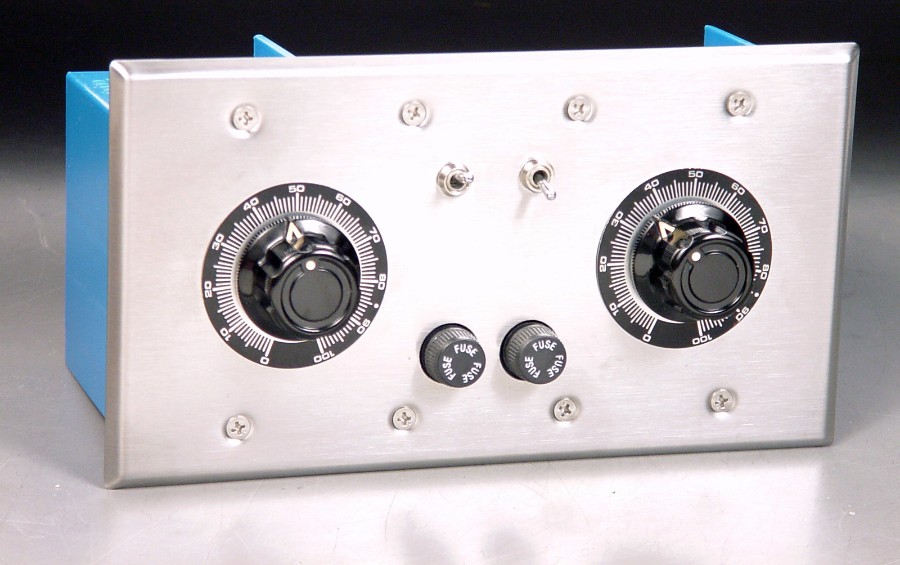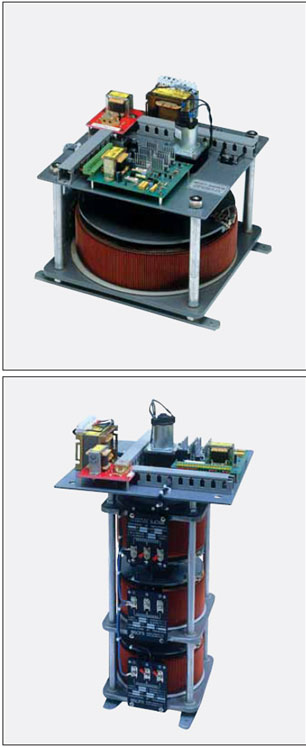A few things:
a) A Variac as a stand-alone bench-tool is dangerously worse than useless. More on this later. As a bucking device to control high wallplate voltage, it has some few virtues. 'Few' chosen carefully.
b) A Variac follows the line voltage. So, if you set it to buck by 5V, you will get 120V @ 125V, 119V @ 124V and so forth. You describe your wallplate voltage varying from 114V to 122V, or abou 8 volts. If you want to buck by only 2V, you will be at 112V at the low point. So, keep an eye on it at the beginning of a listening session and adjust as-needed.
c) There are true RMS line conditioners. They are not cheap in a form as rugged as needed for tube audio equipment. But they are a permanent fix and handle both low and high wallplate voltage:
https://www.performanceaudio.com/item/furman-p-1800-ar-voltage-regulator-power-conditioner/15997/ is one. Bob is absolutely correct that a tube-rectifier device will not be happy with square-wave or triangle-wave power. Solid-state rectifier devices are a bit more resilient - but only a bit.
d) Dangerously worse than useless: How many here have been told that equipment should be tested by "bringing it up slowly on a variac"? WRONG! If the unit has a tube rectifier, it will not see B+ until the rectifier passes current - at about 75% to 85% of full power. Not a soft start by any means. And if the Variac does not have current metering, a dead or partial short at 50V will do damage long before the unit under test starts to pass signal, or not. Bare Variacs are an excuse to let out the magic smoke, not much else. Even a dim-bulb tester that limits current will not disclose a say.... 10-watt error. Oops!
This goes back to my "Spend Da MONEY!" rant. if you want a bench Variac, go with one that has the proper meters. I keep this one:
http://www.byan-roper.org/steve/steve-at-play/antique-electronics-and-2/heathkit-ip-5220-variable.html Thanks again, Bryan!
But they were made by VIZ, RCA, and many others. And, if you wish to forego isolation (bad idea on a test bench unless you have a stand-alone isolation transformer), this may be done:
https://www.youtube.com/watch?v=2mrlha-uzro Nice ability to read fractions-of-watts.
We are blessed with pretty steady 118V at home. So I don't need bucking. Others are not so lucky.




 [/u
[/u